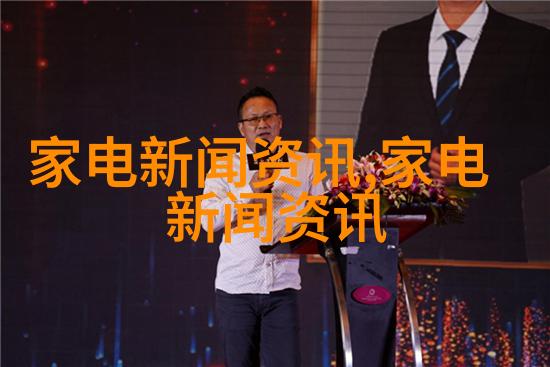1. 重力式挡土墙概述

重力式挡土墙是一种常见的防护结构,通过其自身重量来提供稳定性和支持。它广泛应用于各种工程项目,如基础设施建设、水利工程以及市政工程等。在这些项目中,地基是确保挡土墙正常工作的关键基础。
2. 地基考察意义

地基考察是指在设计和施工前对可能构建或修建建筑物的地面进行全面检查,以确定其物理特性和可靠性。对于重力式挡土墙而言,正确的地基考察至关重要,因为它直接影响到整个结构的安全性和长期稳定。
3. 影响因素分析

地质条件: 地质条件包括岩石类型、层位、坡度、湿润程度等,这些都可能影响到沉淀物的压实能力,从而间接影响到挡土墙的稳定。

地下水表: Underground water levels can affect the stability of the soil, and therefore, the design of the retaining wall.
沉淀物特征: The properties of backfill materials such as density, compaction, and cohesion can impact on the structural integrity of a gravity retaining wall.

环境变化: Changes in temperature or precipitation patterns over time may cause soil settlement or swelling which could compromise the structure.
4. 考察方法与技术
为了确保准确无误的地基数据收集,可以采用以下几种方法:
现场观测: On-site observation allows engineers to assess site conditions firsthand.
测量与测试: Geotechnical investigations including boreholes, SPT (Standard Penetration Test), CPT (Cone Penetration Test) etc., are used to gather detailed data about soil layers and their properties.
土样分析: Laboratory analysis is conducted on samples collected from boreholes or trenches to determine their physical and mechanical characteristics.
5. 设计参数调整
根据地基考察结果,设计师会根据实际情况调整相关参数以保证结构安全,如增加支撑长度、改变材料选择或者进行更深入的地质调查。
6. 施工监控与维护
施工期间需要密切监控并适时采取措施,以应对任何潜在的问题。此外,在完成后仍需定期检查以预防未来潜在问题。
总结
在地基考察中,我们可以看出,它不仅为设计者提供了了解不同材料行为及其相互作用所必需的情报,还有助于推动工程决策,使得最终产品更加耐久且经济高效。因此,对于所有涉及重力式挡土墙的大型项目来说,无论是在规划阶段还是实施阶段,都应当高度重视这一过程,并将其作为成功实现目标不可或缺的一部分。




